List of some smart cities in the world according to the assessment of the World Smart Sustainable Cities Organization (WeGO)
New York (USA) is one of the typical smart cities, continuously holding the top position in international rankings. This city focuses on applying technology to solve problems of water management, waste treatment and public safety.
With a population of over 8.5 million and daily water consumption of 3.8 billion liters, New York has deployed an automated water meter reading system to collect data quickly. A solar-powered smart trash bin system helps track trash and optimize collection processes.
London (UK) - Europe's leading smart city, stands out with its smart transportation solutions. To reduce congestion and pollution, the city has deployed the Heathrow Pods driverless electric car system, which can transport passengers over a distance of nearly 4km in just 5 minutes. Thanks to this solution, London has reduced about 70,000 bus trips, equivalent to more than 100 tons of CO2 emissions into the environment since 2011.
Songdo (Korea) is one of the completely new smart cities planned, built from reclaimed land with the goal of becoming the greenest and most modern city in Asia.
A joint project between the Korean government and international technology corporations, Songdo was designed as a comprehensive “technological” city from the beginning, with an infrastructure that integrates the most advanced digital systems. The city is notable for its network of sensors covering the urban space, monitoring everything from air quality, traffic flow to energy consumption and waste treatment.
The intelligent traffic system is integrated with automatic control, optimizing traffic flow, while the building system is connected by fiber optic cable, allowing management of air conditioning, lighting and security via IoT platform.
In addition, Songdo applies an automatic garbage collection system through underground vacuum pipes connecting buildings, eliminating the need for garbage trucks and reducing emissions. Each city resident can control home appliances, make payments, order public services, and access urban information through an integrated central control system.
With a vision of sustainable development, Songdo also dedicates more than 40% of its area to green space, parks and water surfaces, becoming a model of harmonious combination between technology-environment-modern urban life.
Vietnam is strongly transforming in a "smarter" direction.
The construction of smart cities has also been clearly stated by our Party in Resolution No. 52-NQ/TW dated September 27, 2019 on a number of policies and strategies to proactively participate in the 4.0 Industrial Revolution. By 2025, a number of smart urban chains will be formed in key economic regions in the North, South and Central regions, gradually connecting with the smart urban network in the region and the world.
 |
By 2025, a number of smart urban chains will be formed in key economic regions in the north, south and central regions. |
Some examples of smart cities in Vietnam
Thu Thiem New Urban Area in Ho Chi Minh City is one of the city’s large-scale projects, designed with modern standards and oriented towards sustainable development. This is a smart urban area with the application of advanced technologies such as intelligent traffic management system, wastewater treatment technology and energy saving management.
This urban area also focuses on creating a green and environmentally friendly living space, helping to improve the quality of life for residents and contributing to solving urbanization problems in Ho Chi Minh City.
With the goal of becoming the financial, commercial and cultural center of the City named after Uncle Ho, Thu Thiem will be closely connected to other areas in the city through smart technologies, modern transport infrastructure and big data management systems.
The Smart City Urban Area Project in Hanoi is a smart urban model being implemented with the goal of optimizing public services and urban management through modern technologies such as Internet of Things (IoT), Artificial Intelligence (AI) and Big Data.
Smart City Hanoi is designed with a smart transportation system and synchronous connection with neighboring areas. The urban area will be equipped with spacious roads, electric bus stations and zero-emission public transportation. Smart transportation systems will help regulate traffic flow, reduce congestion and optimize residents' travel time.
In particular, this urban area will also have a smart parking system to help residents find and use parking spaces easily. This urban area promises to become a smart urban center, creating a comfortable and sustainable living environment for the capital's residents.
Ecopark urban area in Hung Yen is one of the pioneering ecological urban areas in Vietnam, combining modern living space with nature. Designed with the goal of sustainable development, Ecopark integrates smart technologies such as automatic lighting systems and smart waste management.
This urban area not only focuses on providing modern amenities but also ensures a fresh living space, with many parks, lakes and large green areas, meeting the green and healthy living needs of residents.
Solutions for Smart City Construction in Vietnam
Firstly, it is necessary to realize that building smart and green cities is a shared responsibility of all levels and sectors. The urban development process must be closely linked to digital transformation, therefore, there needs to be determination and synchronous efforts from all levels and sectors, from central to local levels to achieve the set goals.
The serious implementation of policies on building and developing smart cities has been identified in the Party's resolutions, such as Resolution No. 52-NQ/TW dated September 27, 2019 of the Politburo on policies and guidelines for participating in the Fourth Industrial Revolution and Resolution No. 06-NQ/TW dated January 24, 2022 of the Politburo on Planning, construction, management and sustainable development of Vietnamese urban areas to 2030, with a vision to 2045.
Second, promote digital transformation and technology application. One of the important factors in building smart cities is applying digital technology to all areas, from transportation, energy management, water management, to waste management.
It is necessary to invest in modern information technology infrastructure, deploy Internet of Things (IoT), Big Data and Artificial Intelligence (AI) systems to collect, analyze and use data in real time, to optimize urban management and improve the quality of life for people.
Third, promote the development of green and sustainable infrastructure. The development of smart urban areas must be accompanied by investment in green infrastructure such as parks, ecological areas, rooftop garden systems, and renewable energy. Construction works must use environmentally friendly construction materials, save energy and protect natural resources.
In addition, it is necessary to focus on developing green public transport such as electric cars and solar-powered buses, minimizing the use of personal vehicles and limiting pollution.
Fourth, strengthen international connectivity and cooperation. Vietnam can learn and apply smart urban development models from advanced countries. International cooperation will help Vietnam access new technologies, effective urban management models, and improve the capacity and quality of human resources. Research cooperation programs, training and pilot project implementation are very important for smart urban development.
Fifth, education and public awareness raising. Raising public awareness of environmental protection, energy saving and the use of smart technology is an important factor in achieving smart urban development goals. Propaganda campaigns, training courses and community activities can help people change their habits and behaviors in environmental protection and the use of smart utilities in their daily lives.
Smart cities are not only an inevitable trend in the context of globalization and digital transformation, but also the key to sustainable economic, social and environmental development. With the ability to optimize resources, improve the quality of life and enhance effective urban management, this model is opening up a new direction for modern cities.
For Vietnam, taking advantage of opportunities and overcoming challenges can completely create smart cities with their own identity, while contributing to improving national competitiveness in the digital age.
Source: https://nhandan.vn/do-thi-thong-minh-chia-khoa-de-phat-trien-ben-vung-post873488.html


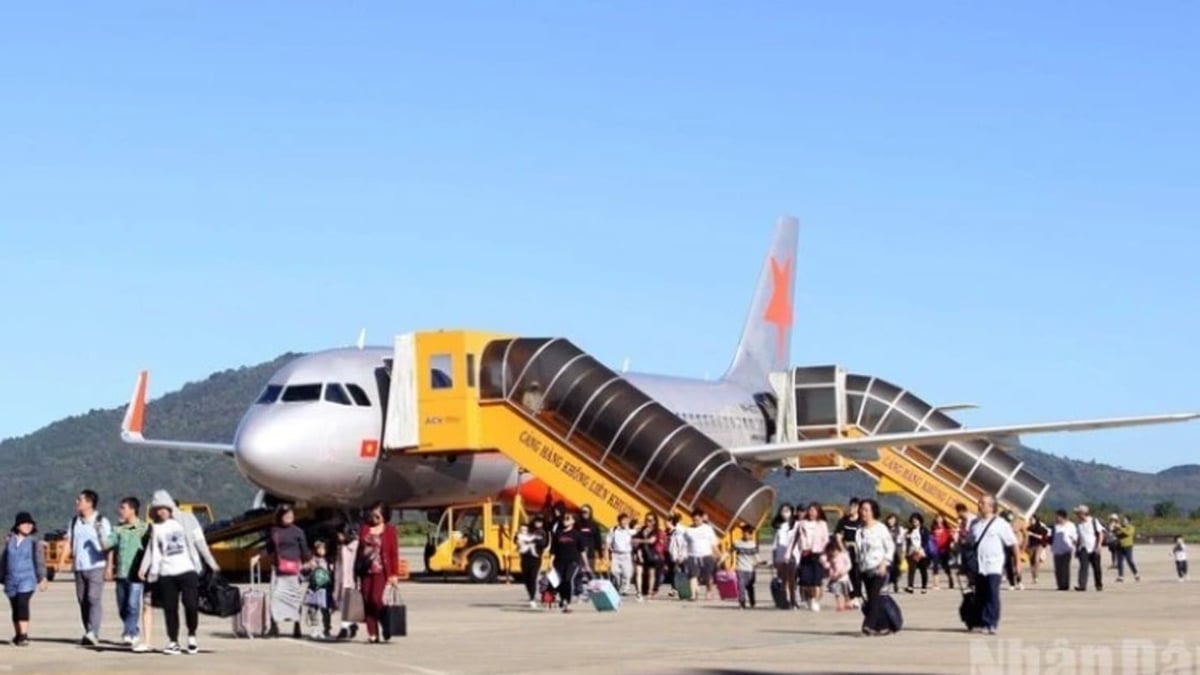
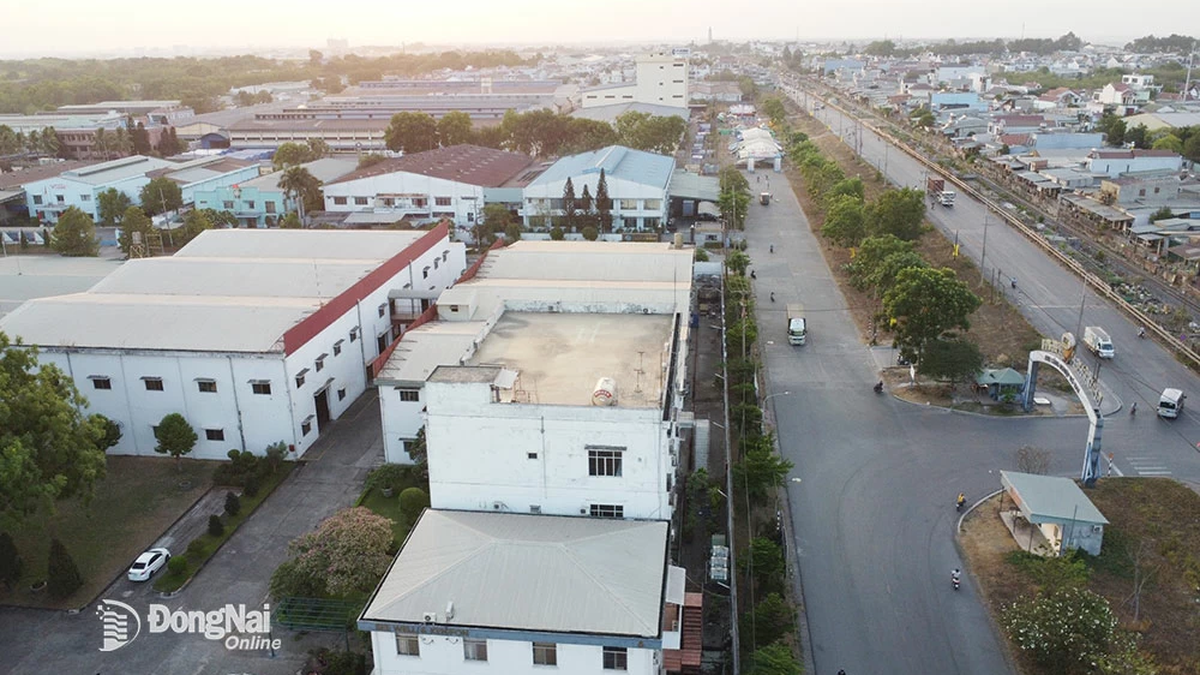
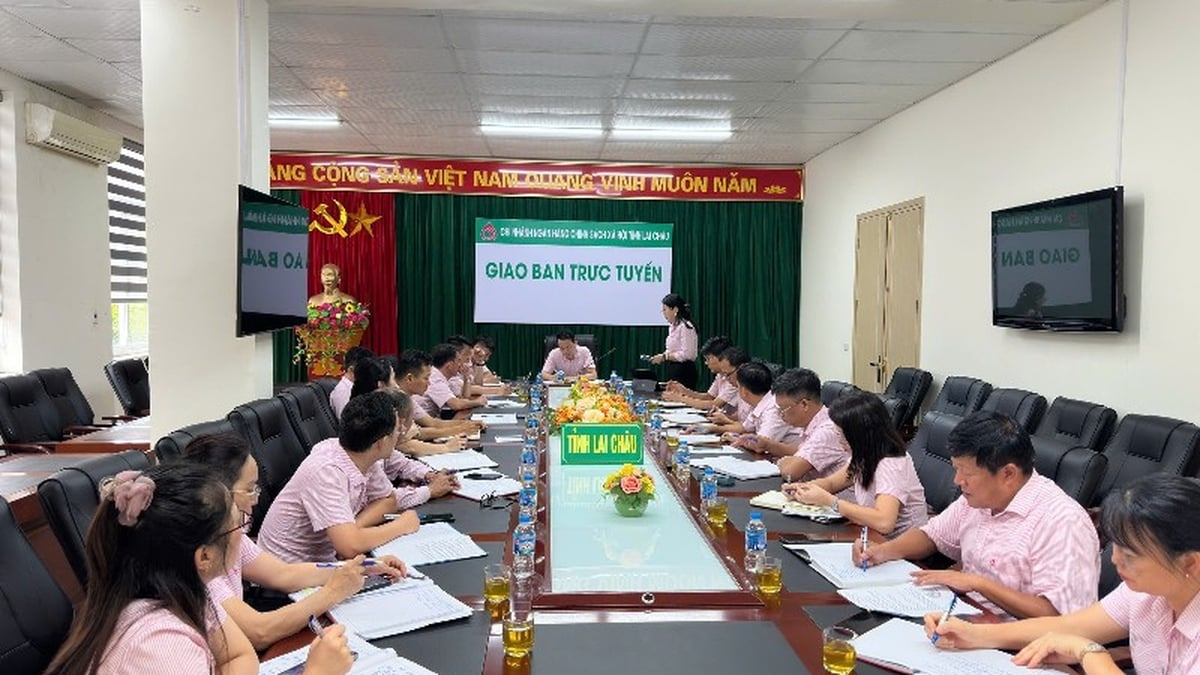

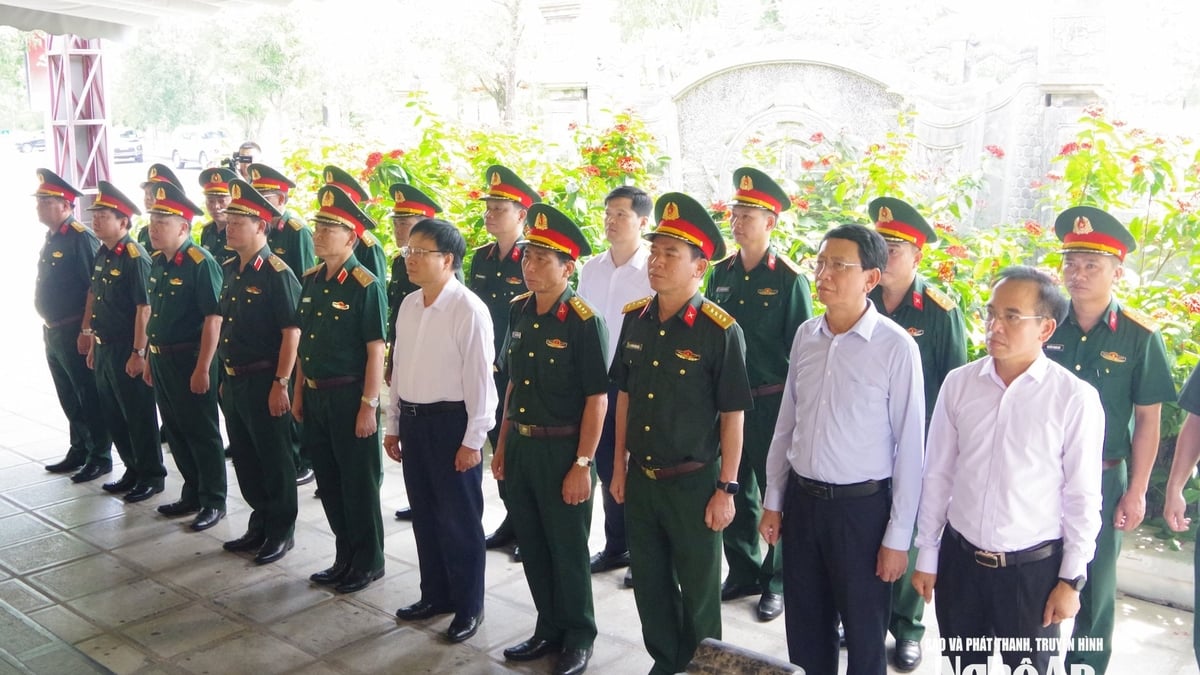

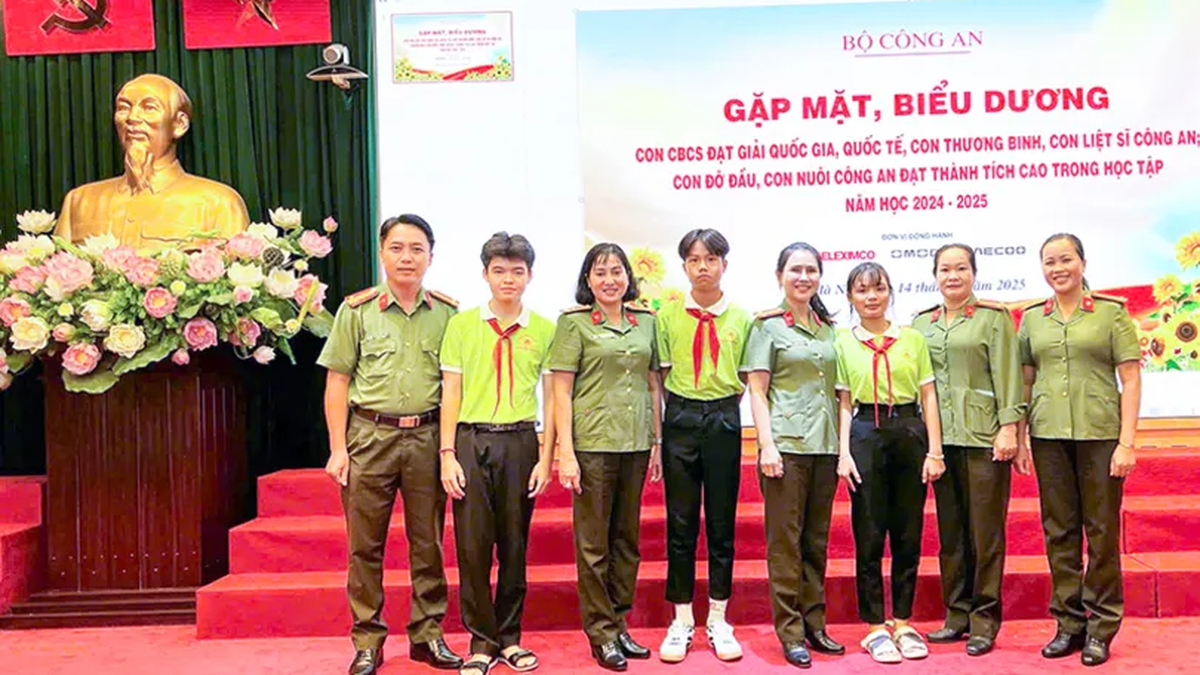











































![[Maritime News] More than 80% of global container shipping capacity is in the hands of MSC and major shipping alliances](https://vphoto.vietnam.vn/thumb/402x226/vietnam/resource/IMAGE/2025/7/16/6b4d586c984b4cbf8c5680352b9eaeb0)













































Comment (0)